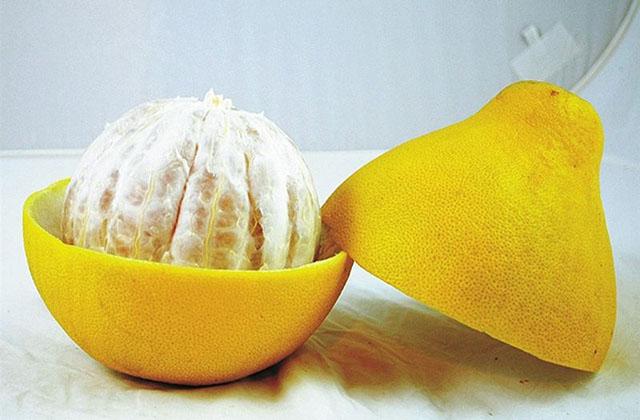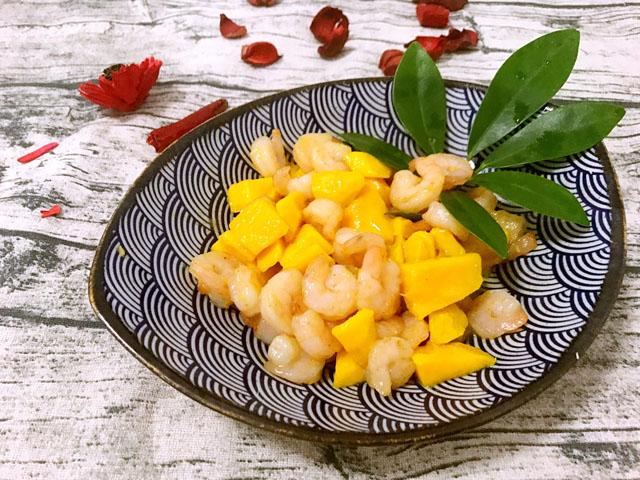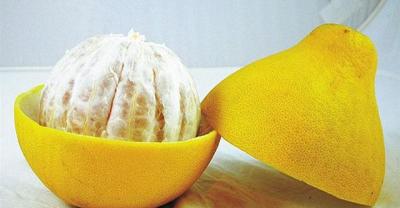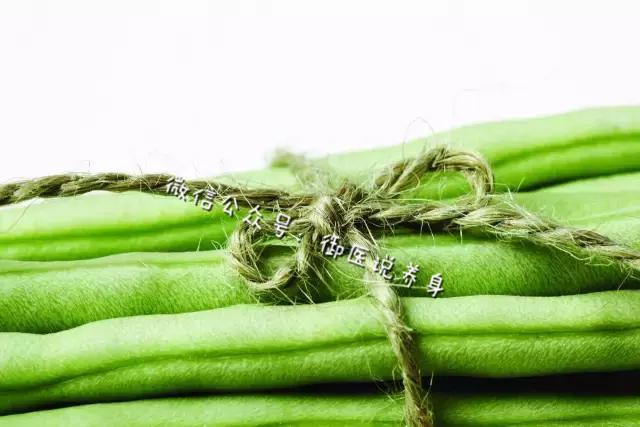Pericarp of fruits and vegetables: one of the most nutritious parts of plants
No one argues that eating more fruits and vegetables can be good for your health.
However, whether or not these fruits and vegetables are best consumed by the skin is often the focus of debate.
The peel is often discarded because of preferences, habits, or attempts to reduce exposure to pesticides. However, removing the pericarp may lead to one of the most nutritious parts of the plant.
This article looks at science to determine whether peeling is the best for fruits and vegetables.

The peel is full of beneficial nutrients
Pericarp packaged and nutrients
The pericarp is full of beneficial nutrients.
The amount of nutrients they contain varies according to the type of fruit or vegetable. In general, however, unpeeled products contain more vitamins, minerals and other beneficial plant compounds than peeled products.
In fact, raw apples and skin contain up to 332% vitamin K, 142% more vitamin A, 115% more vitamin C, more than 20% calcium and up to 19% more potassium than peeled apples.
Similarly, boiled potatoes with skin can contain up to 175% more vitamin C, 115% more potassium, more than 111% folic acid and more 110% magnesium and phosphorus than stripping ketones.
Vegetable skins also contain more fiber and antioxidants. For example, 31% of the total fiber in vegetables can be found in their skin. More importantly, the level of antioxidants can reach 328 times, and the peel is higher than the pulp.
Therefore, eating your fruits and vegetables without peeling can really increase your nutritional intake.
The peel can help you feel longer.
Fruit and vegetable skins can reduce hunger and help you feel full for a long time.
This is mainly due to their high fiber content. Although the exact content of fiber varies, fresh fruits and vegetables can contain as much as 1/3 fiber before the outer layer is removed.
Several studies have shown that fiber can help you feel fuller for longer. Fiber can be physically stretched to the stomach, slowing down how quickly it empties or affects the rate at which fullness hormones are released in your body to do this.
In fact, studies have shown that the type of fiber found in fruits and vegetables, a type called sticky fiber, may be particularly effective in reducing appetite.
Fiber can also be used as a food for intestinal friendly bacteria. When the fibers in these bacteria are fed, they produce short-chain fatty acids, which seems to further increase the sense of satiety.
Subjects from 32 of 38 studies felt more full after an increase in fiber intake, a review reported.
In addition, several studies have observed that fiber-rich diets tend to reduce hunger and, therefore, the amount of calories consumed each day, potentially leading to weight loss.
Therefore, peeled fruits and vegetables can help you reduce hunger and even lose weight. Pericarp may help prevent some diseases
Fruits and vegetables contain antioxidants, which are beneficial plant compounds that may reduce the risk of several diseases.
In short, the main function of antioxidants is to fight against unstable molecules, namely free radicals. When the level of free radicals is too high, it will cause oxidative stress, which will eventually damage cells and may increase the risk of disease.
In fact, researchers believe that antioxidants can help reduce the risk of heart disease and certain types of cancer.
Certain antioxidants found in fruits and vegetables are also thought to be associated with neurological diseases such as Alzheimer's disease.
Fruits and vegetables are naturally high in antioxidants, but according to research, they seem to be more concentrated in the outer layer.
In one study, removing peach skin resulted in a 13-48% reduction in antioxidants.
In another study, antioxidant levels were as high as 328 times higher in fruits and vegetables than in their pulp.
So if you want to maximize your intake of antioxidants from fruits and vegetables, you should eat them without peeling them.

Peeled fruits and vegetables can help you reduce hunger and even lose weight. Some peels are difficult to clean or inedible.
The peels of some fruits or vegetables may be difficult to consume or simply inedible.
For example, the peels of avocados and melons are considered inedible, whether they are cooked or eaten raw.
Other fruit and vegetable peels, such as those from pineapples, melons, bananas, onions and celery, can be tough and difficult to chew and digest. These peels are usually best removed and don't eat.
In addition, although some vegetable peels are considered edible, they should not be eaten raw. For example, winter pumpkins and pumpkin skins are best consumed after cooking to soften the peel.
In addition, citrus fruits also have bitter skin that is difficult to eat raw. These are usually the best consumed as a passion or ripe, or simply discarded.
Some fruit and vegetable skins, although completely edible, may have a bitter taste or may be coated with wax or dirt that is particularly difficult to clean.
If the idea of eating these fruits and vegetables skin makes you don't want to eat them, peeling may still be your best choice. The pericarp may contain pesticides
Pesticides are usually used to reduce damage to crops and increase yields.
Contrary to popular belief, pesticides can be found in organic and conventionally grown fruits and vegetables.
Although some pesticides enter the meat of fruits and vegetables, many remain in the outer skins.
Washing is a good way to get rid of pesticide residues loosely attached to the surface of the pericarp. However, peeling is the best way to remove pesticides that infiltrate the skin of fruits and vegetables.
For example, a recent assessment report noted that about 41% of pesticide residues found in fruits were removed by washing, while twice as many were removed by stripping.
For many people concerned about their overall exposure to pesticides, this may be sufficient reason to eat only the meat of all fruits and vegetables.
Those who are particularly concerned about pesticide intake may want to take a look at the EWG report, which ranks pesticide pollution levels in 48 popular fruits and vegetables in the United States.
However, the risk of eating more pesticides does not necessarily outweigh the increase in nutrients in the skin.
It is worth mentioning that the amount of pesticides in fresh food is strictly controlled. The allowable upper limit is very conservative, much lower than the lowest known dose that may cause harm to the human body.

Washing is a good way to get rid of pesticide residues loosely attached to the pericarp surface.
In addition, pesticide levels exceed the allowable limit of less than 4% for cases, and even if they do, studies have shown that this rarely leads to harm to humans.
Therefore, while removing the skin of vegetables, a little more pesticides may be removed, and the difference may be too small to worry.
The pericarp is rich in cellulose, vitamins, minerals and antioxidants, making it one of the most nutritious parts of plants.
Naturally, the peels of some fruits and vegetables are difficult to clean, difficult to digest, bitter or incredible. You'd better remove these peels and don't eat.
However, most of the peels are edible. Therefore, it is best to try to eat fruits and vegetables without peeling as much as possible.
(source: Unolikon editorial Department)
- Prev

Traditional Chinese medicine folk prescription 83mi-a commonly used vegetable can eliminate nasal polyps
Cure nasal polyps Liyu square lotus root section dried and burned into ash, grind into fine powder, take appropriate amount every time into the nostrils, twice a day, effective for three days, nasal polyps can be removed. ...
- Next

These five kinds of vegetables are arsenic if they are not cooked. Come and have a look.
Want to know more about health? Click ↗ in the upper right corner and follow us! The master who often cooks must know that green beans will be poisoned if they are not cooked.
Related
- Where is it suitable to grow horseradish in China? it is expected to see the middle altitude horseradish in Alishan.
- How to prevent tomato virus disease reasonably? (Control methods included)
- Many people like to plant towel gourd on the balcony. What are the main points of this method and management?
- What crops can chili peppers be mixed with?
- Fertilization techniques and matters needing attention in Tomato
- What are the grafting techniques for peach seedlings in spring?
- Harm and control methods of root swelling disease of Chinese cabbage
- What are the pests of sweet potatoes? How to prevent and cure it?
- Symptoms, causes and Control methods of navel Rot in Tomato
- The cause of "Cucumber rotten bibcock" in Farmers' planting Cucumber and its Control Plan

